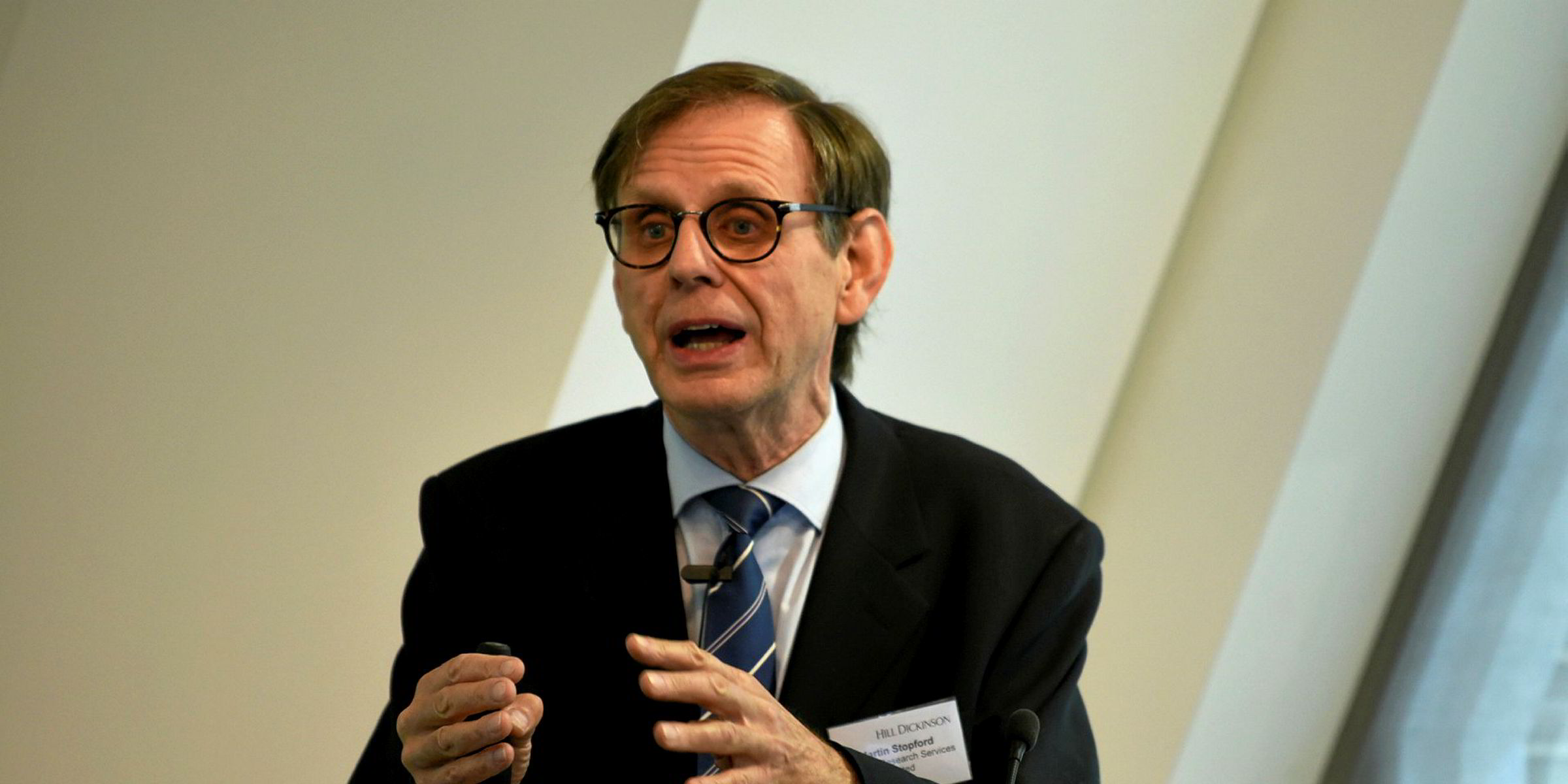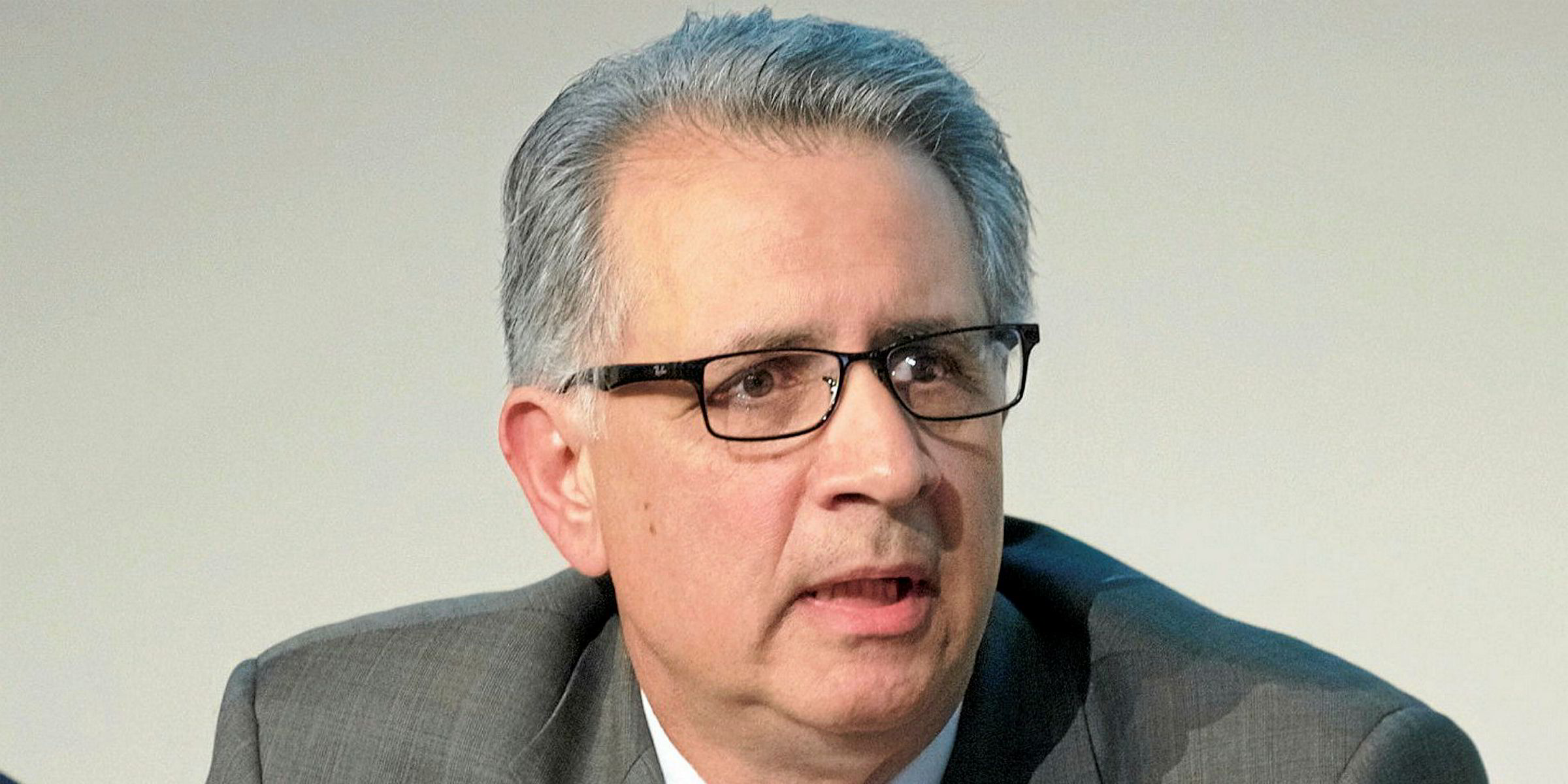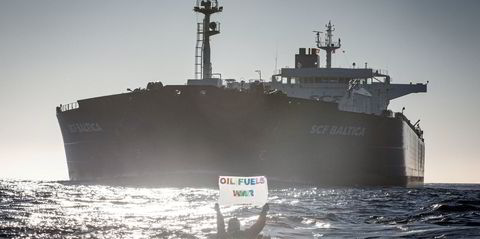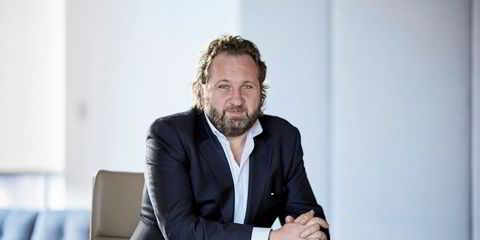“Look at the body language,” one experienced shipping man told TradeWinds on the sidelines of the Capital Link Forum in London this week. “Everybody is more positive.”
An expectation for better times ahead could be seen in owners, financiers and researchers as well as in the return of a container shipping panel to an investment focused conference in London for the first time in a number of years.
Even traditional bank lending, seldom a bright spot for shipping conversation (particularly in European circles) caught the more upbeat spirit.
“The phase where the regulators in Europe have been on top of the banks that have exposure to shipping will fade as the industry recovers probably from next year, with the exception of drilling,” predicted Michael Parker, head of shipping and logistics at Citi.
There was also good news for those still facing difficulties due to the weak markets experienced during the past few years. “Right now, if I talk to my fund friends, there is a lot, and I mean a lot, of capital — and it’s the same in the US — on the sidelines right now looking for opportunities to invest in restructuring situations,” explained Don Featherstone, a partner at EY.
A panel debate on private equity investors, long tipped to be rotating away from shipping, spoke of strong demand. Anders Meyerhoff, principal of Apax Partners, explained: “Our customers, institutional investors, are really on a hunt for yield. Right now what that means is there is a massive amount of dry powder out there.”
He added: “Moving to fundamental themes, the underlying core trends are quite strong. What you see is seaborne trade across markets is generally growing and — despite my president’s best efforts — globalisation is only going one way and I don’t see that changing any time soon.”
JP Morgan Asset Management chief Andy Dacy noted that while investor demand was one thing, crossing the bridge into the industry was another, due in part to “shipping’s colourful past”.
“I think there is impediment [to entry] and I think that’s good for those of us investing in the space, as we don’t want too much capital, as that leads to upsetting the party and make things a little bit unpleasant,” Dacy said.
Martin Stopford, non-executive president of Clarksons Research, explained the present downturn had been the third long cycle in the past 100 years and was now past the trough. He described demand as “perking up nicely”, while the newbuilding orderbook was “winding down”.
“I think you can expect a bumpy recovery over the next three years. Unless something nasty happens in the world economy, we are set,” he said.
Stopford concluded his presentation with an apology: “If I sounded outrageously optimistic, it’s not my fault. You get one sweet spot to be optimistic in 20 years.”
Rikard Vabo, managing director of corporate finance at Fearnley Securities, continued the theme, suggesting the stars had aligned for many markets.
“There are very few orders, banks are more less closed, orderbooks are marginal — if you look at orderbooks one year from now it’s almost in line with one-year demand growth.

“Martin Stopford showed us overall orderbooks at 9.5%. Take that picture 12 months from now, without any new orders and you can get really excited, I think.”
During a panel discussion on the capital markets, Vabo added: “I’m excited, Fearnleys is excited. You can buy a five-year-old VL[CC] at low $50ms. Capes you can buy at $25m to $30m. Deep water rigs you can buy at $250m with the best operators in the world. I think we are in a period of great risk reward.”
Ted Petrone, vice-chairman at the Navios companies, said the world was experiencing a synchronised economic upturn for the first time in a decade.
“We think everything is flashing green,” he said. “If you ask what is the best buy out there, Navios decided six months ago it was containers, now we are investing in dry bulk because we think that is also good.”
He added: “The southern hemisphere has got to industrialise, they have got to urbanise. If you do that, dry bulk builds the cities, then you power them with tankers and when they get more economically viable and prosperous they start consuming more finished products. That’s what’s happening now. We think that’s a secular trend that is going to continue.”




